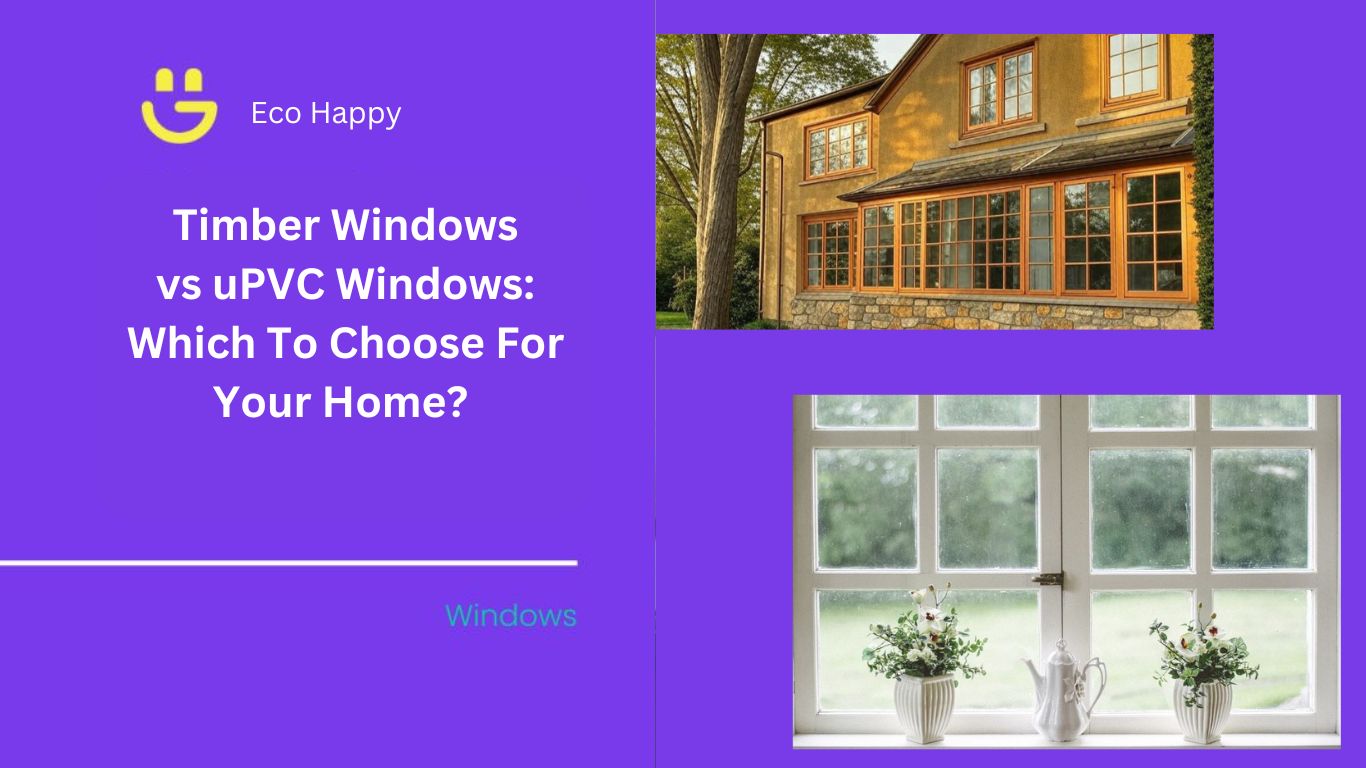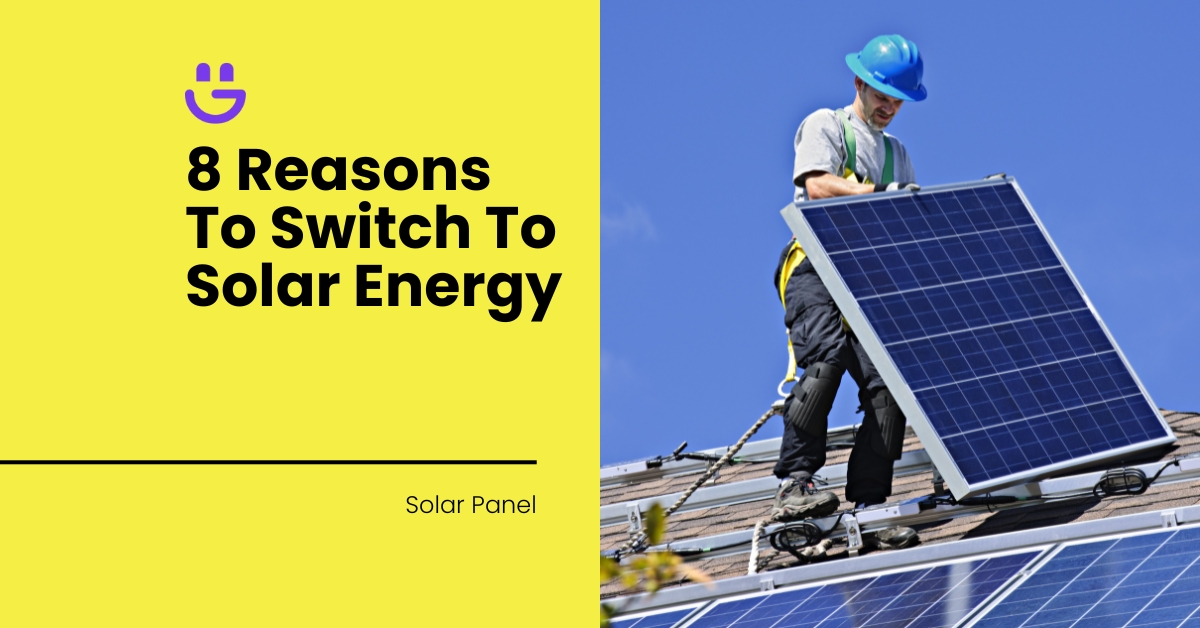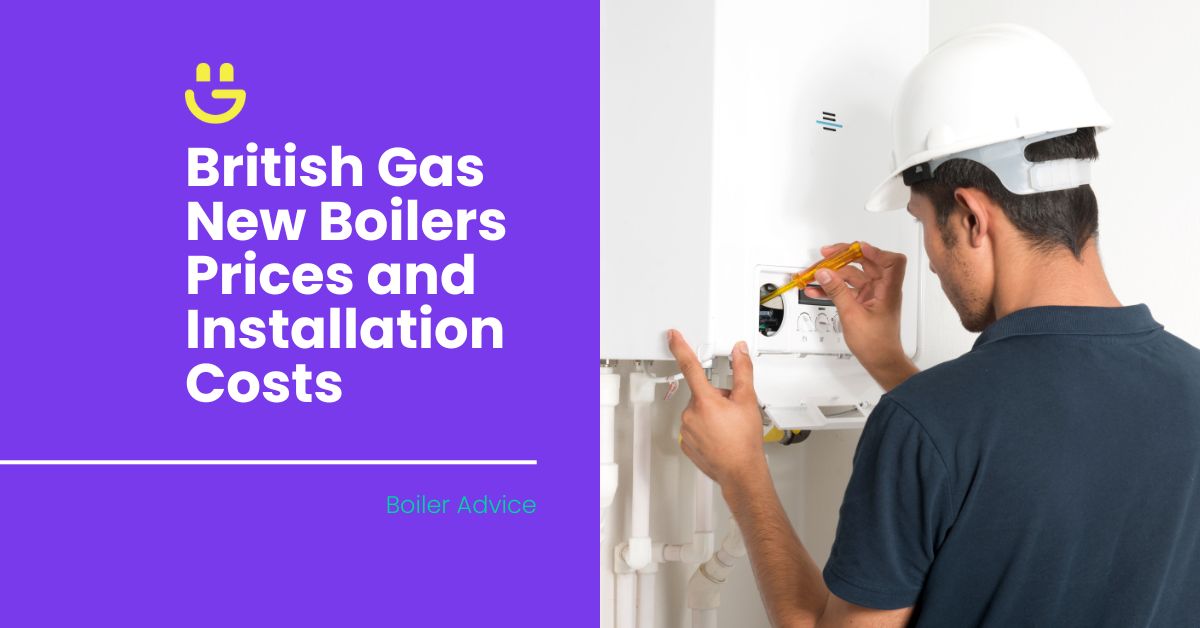Last Updated on November 14, 2025
If you’re considering replacing your windows, you’re likely torn between timber vs UPVC windows. Both materials offer unique benefits, but which is the better choice for your home?
This in-depth guide will compare key features, costs, energy efficiency, security, and maintenance to help you make an informed decision.
Contents
- 1 Timber vs UPVC Windows: A Quick Comparison
- 2 Timber vs UPVC Windows: Which Is Better For Your Home?
- 3 Which Property Types Are Best for Timber vs UPVC Windows?
- 4 Timber vs UPVC Window Styles
- 5 View & Natural Light Intake
- 6 Insulation & Energy Efficiency
- 7 Ventilation & Draughts
- 8 Security Features
- 9 Maintenance & Longevity
- 10 Costs & Installation
- 11 Which Is Best for Your Home: Timber vs UPVC Windows?
- 12 Get a Free Quote for UPVC Windows Today!
- 13 FAQs
Timber vs UPVC Windows: A Quick Comparison
Before diving into the details, here’s a side-by-side comparison of timber and UPVC windows:
| Feature | Timber Windows | UPVC Windows |
|---|---|---|
| Aesthetic Appeal | Traditional, natural look | Modern, sleek design |
| Opening Mechanism | Available in various styles | Available in various styles |
| Ventilation | Good airflow, but may warp over time | Excellent ventilation, weather-resistant |
| Energy Efficiency | High insulation with proper glazing | Superior energy efficiency |
| Security | Strong but requires additional locks | Multi-point locking systems for high security |
| Cost | More expensive upfront | More budget-friendly |
| Best Suited For | Period homes, cottages, and conservation areas | Modern homes, rental properties, and new builds |
Timber vs UPVC Windows: Which Is Better For Your Home?
Key Features of Timber and UPVC Windows
Pros and Cons Timber Windows
| Pros |
| Cons |
Pros and Cons of UPVC Windows
| Pros |
| Cons |
Which Property Types Are Best for Timber vs UPVC Windows?
Best Properties for Timber Windows
Best Properties for UPVC Windows
Timber vs UPVC Window Styles
Both timber and UPVC windows come in various styles, each offering unique features and benefits. The style of window you choose will depend on the aesthetic and functionality you’re aiming for in your home.
View & Natural Light Intake
- Timber windows often have thicker frames, slightly reducing glass surface area.
- UPVC windows have slimmer frames, allowing more natural light into the home.
Insulation & Energy Efficiency
Glazing Options for Timber and UPVC Windows
| Glazing Type | Features | Energy Efficiency Rating | Average Pricing (per window) |
|---|---|---|---|
| Single Glazing | A single pane of glass, typically used in older homes, offering basic insulation. | E – Low | £80 – £120 |
| Double Glazing | Two panes of glass with a gap in between, offering improved insulation and soundproofing. | B – Medium | £150 – £200 |
| Triple Glazing | Three panes of glass, providing superior insulation, energy efficiency, and noise reduction. | A – High | £250 – £300 |
| Low-E Glazing | Glass with a special coating to reduce heat loss while allowing natural light to enter. | A+ – Excellent | £200 – £250 |
| Self-Cleaning Glass | Glass with a special coating that uses sunlight and rain to clean the surface automatically. | A – High | £300 – £350 |
Ventilation & Draughts
- Timber windows may develop gaps over time, leading to draughts.
- UPVC windows have airtight seals, reducing draughts and improving ventilation control.
Security Features
- UPVC windows often include multi-point locking systems, making them highly secure.
- Timber windows can be reinforced with additional locks for enhanced security.
Maintenance & Longevity
| Maintenance Aspect | Timber Windows | UPVC Windows |
|---|---|---|
| Cleaning | Requires regular repainting and sealing | Easy to clean with soap and water |
| Wear & Tear | Can rot, warp, or crack if not maintained | Durable, resistant to weathering and UV |
| Longevity | 50-60 years with proper care | 20-30 years |
- Timber Windows: If well-maintained (repainted and resealed regularly), timber windows can last 50-60 years, and they often add value to period properties due to their classic look and high-quality material.
- UPVC Windows: While UPVC windows are more low-maintenance, they generally last 20-30 years before showing signs of wear. UPVC does not require repainting and is resistant to moisture, but UV rays can cause fading over time, which may affect their appearance. However, they still offer long-lasting durability with minimal upkeep.
In terms of better longevity, timber windows can offer a longer lifespan if maintained properly. UPVC windows, however, are the more low-maintenance option that still provides reliable durability for a few decades.
Costs & Installation
The price of new windows depends on several factors, such as the size, material, glazing options, and the complexity of installation. Below, we’ll compare the average prices of timber and uPVC windows:
Pricing Comparison of Timber vs UPVC Windows
| Window Type | Timber Window Cost (Per Window) | UPVC Window Cost (Per Window) |
| Casement | £600 – £1,500 | £250 – £750 |
| Sash | £1,200 – £2,500 | £400 – £1,000 |
| Tilt & Turn | £800 – £1,800 | £300 – £900 |
Installation Requirements & Timeframe
Which Is Best for Your Home: Timber vs UPVC Windows?
Get a Free Quote for UPVC Windows Today!
Thinking about upgrading to UPVC windows for a cost-effective, secure, and energy-efficient solution? Get a free quote today from our expert installers.
FAQs
Are uPVC windows better than wood?
uPVC windows offer several advantages over timber windows, including lower maintenance costs, better insulation, and a longer lifespan. They are resistant to weathering, do not need painting, and are generally more energy-efficient. However, timber windows can provide a more classic, natural aesthetic and are often preferred for heritage homes or those aiming for a more traditional look.
Are timber windows worth it?
Timber windows are worth it for those who value traditional craftsmanship, natural aesthetics, and the potential for long-term durability with proper care. While they do require more maintenance (such as painting and sealing), they can add significant charm and value to a property, particularly in older homes. They also provide excellent insulation when properly maintained.
Can I replace timber windows with uPVC?
Yes, you can replace timber windows with uPVC windows. This is a common choice for homeowners looking to reduce maintenance or increase energy efficiency. However, you should consider the aesthetic impact, especially if your home is in a conservation area or has heritage value, as uPVC may not always match the look of timber windows.
Do people still use wood windows?
Yes, people still use wood windows, especially in older properties, conservation areas, or for those who prefer a more natural, traditional look. Timber windows are highly valued for their aesthetic appeal, insulation properties, and long lifespan, although they require more maintenance than uPVC alternatives.
Do uPVC windows look cheap?
uPVC windows can sometimes be perceived as looking cheaper compared to timber windows, particularly if the uPVC is of lower quality or poorly installed. However, high-quality uPVC windows come in a variety of finishes, including wood-effect options, which can mimic the look of timber while offering the practical benefits of uPVC. The appearance largely depends on the quality of the material and the installation.






Tom Allen
Solar Expert